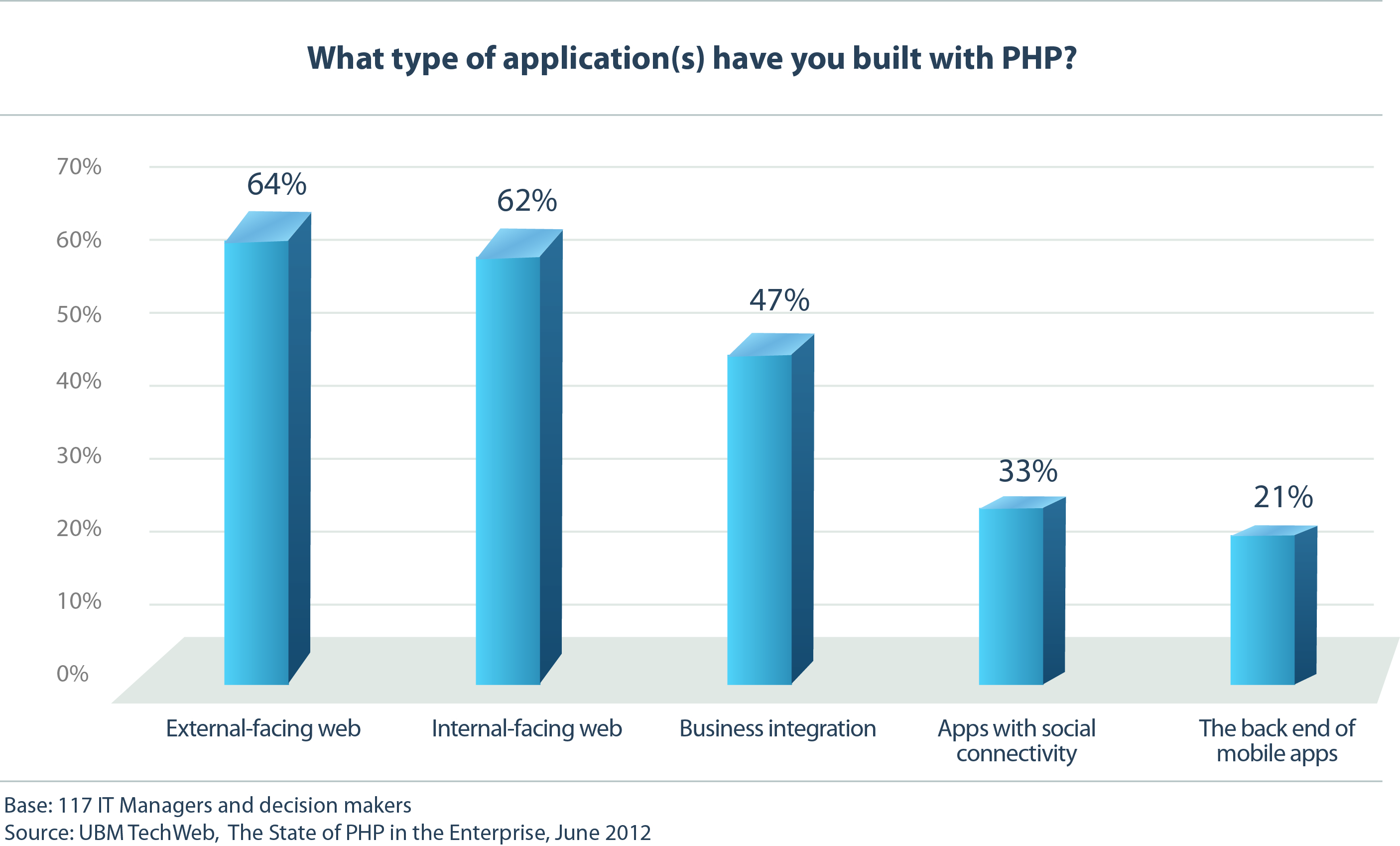This article is more than 1 year old
Python wraps its coils around the enterprise
Look out C++, the Years of the Snake are upon you
Open... and Shut The enterprise, long the stodgy bastion of mainframes, Oracle databases, and Windows servers, is starting to look a lot more like the consumer technology companies that eschew it.
As enterprises embrace the web as a way to conduct business and manage employees, they're embracing the very technology stacks originally made popular at Facebook, Google, and other consumer-facing web properties. On the programming language front, while Java and C++ aren't going away anytime soon, PHP and Python have established themselves as first-class citizens in the enterprise, with Python growing at a much faster rate than the other dominant languages, including PHP.
The question is "Why?".
Java and .Net continue to rule the enterprise roost, but PHP and Python adoption is exploding relative to these safe standbys, as measured by Indeed.com job postings:
This isn't surprising, given that the web belongs to such lightweight scripting languages, and even old-school enterprises increasingly do business on the web. In a recent UBM TechWeb "State of PHP in the Enterprise" survey, a full 50 per cent admitted to already using PHP with the remainder planning to use the dynamic programming language in the near future. And while the functions for PHP apps were diverse - content management (50 per cent), database/system administration (46 per cent), financial apps (28 per cent) - these are pretty much all web-enabled:

That, alone, isn't the only reason for PHP adoption. One key reason for the rise of PHP and Python is that it's open source. As Cloudera chief executive Mike Olson opined at a recent Hadoop-themed Churchill Club event, open source is essential to the success of technologies like Hadoop because it lowers barriers to adoption, broadens the available talent pool, and improves speed of development. Not surprisingly, these same characteristics shine through in the UBM TechWeb survey, with 61 per cent citing speed of development, 55 per cent highlighting PHP's open-source nature, and 37 per cent pointing to the deep talent pool as their reasons for choosing PHP.
Of course, these enterprises aren't using PHP/Python in exclusion of Java or .Net, as the UBM TechWeb survey reveals. In fact, when asked "other than PHP, what is your next most used development language," 41 per cent cited Java and 29 per cent noted .Net. Dynamic programming languages clearly complement the enterprise workhorse programming languages.
What's fascinating to me is how much faster Python adoption is growing than PHP.
As underlined by Redmonk analyst Stephen O'Grady: "For years now... programming language usage and adoption has been fragmenting at an accelerating rate." This has given developers unprecedented choice after years of basically a binary choice between Java or .Net. Against this backdrop of choice, while many are choosing dynamic programming languages, generally, dramatically more are opting for Python over PHP or anything else, as several sources support.
As noted above, it's clear why PHP and Python are generally preferred to older languages like Java and .Net, but not yet why Python is particularly popular. The answer, it seems, is its design elegance and the simplicity of framework choice, at least according to Hubspot co-founder and chief technology officer Dharmesh Shah. PHP is the gateway drug to dynamic programming languages for many, but Python is a well-designed language that is comfortable to those coming from a C++/C# background, and will appeal to Computer Science graduates.
It probably also helps that Python is more of a general purpose language while PHP is pretty firmly set as a web development language. And while PHP's multitudinous choices for frameworks, with Python your primary choice is Django, which proves to be a very robust development framework and resolves a great deal of complexity for the developer.
Whatever the reason (and I'd sincerely love to hear your thoughts), it's clear that scripting languages have established themselves as first-class citizens in the enterprise, with Python perhaps claiming the top position. Alongside other technologies originally developed by or for the web technology world, including MongoDB, Hadoop, MySQL, Node.js, and more, it would appear that the consumer technology world is infiltrating the enterprise at a frenetic pace. It's about time. ®
Matt Asay is senior vice president of business development at Nodeable, offering systems management for managing and analysing cloud-based data. He was formerly SVP of biz dev at HTML5 start-up Strobe and chief operating officer of Ubuntu commercial operation Canonical. With more than a decade spent in open source, Asay served as Alfresco's general manager for the Americas and vice president of business development, and he helped put Novell on its open source track. Asay is an emeritus board member of the Open Source Initiative (OSI). His column, Open...and Shut, appears three times a week on The Register.

